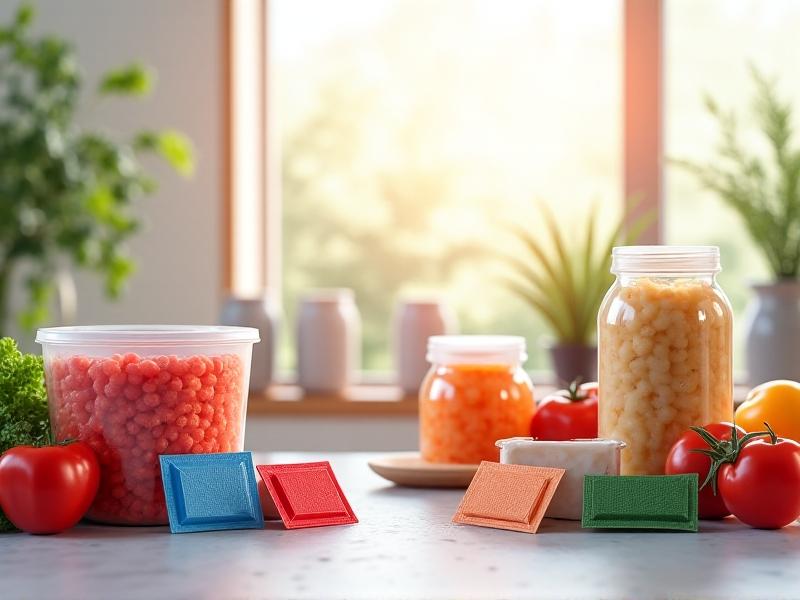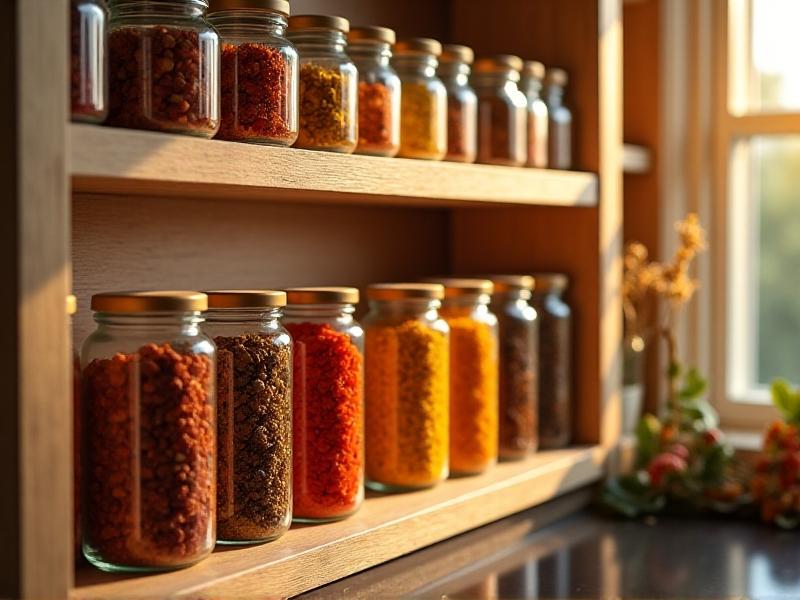Shelf-Stable Protein Sources Compared
The Rise of Shelf-Stable Protein: Why It Matters
In an era where food security and convenience intersect, shelf-stable protein has emerged as a cornerstone for busy households, adventurers, and emergency planners alike. Unlike perishable meats or dairy, these options require no refrigeration, making them ideal for long-term storage or quick meals. But beyond practicality, shelf-stable proteins also cater to diverse dietary preferences—from keto-friendly meat jerky to vegan lentils—bridging gaps between nutrition and lifestyle needs. This versatility ensures that even in unexpected situations, maintaining adequate protein intake remains achievable without compromising on taste or quality.
Animal-Based vs. Plant-Based Options: A Clash of Titans
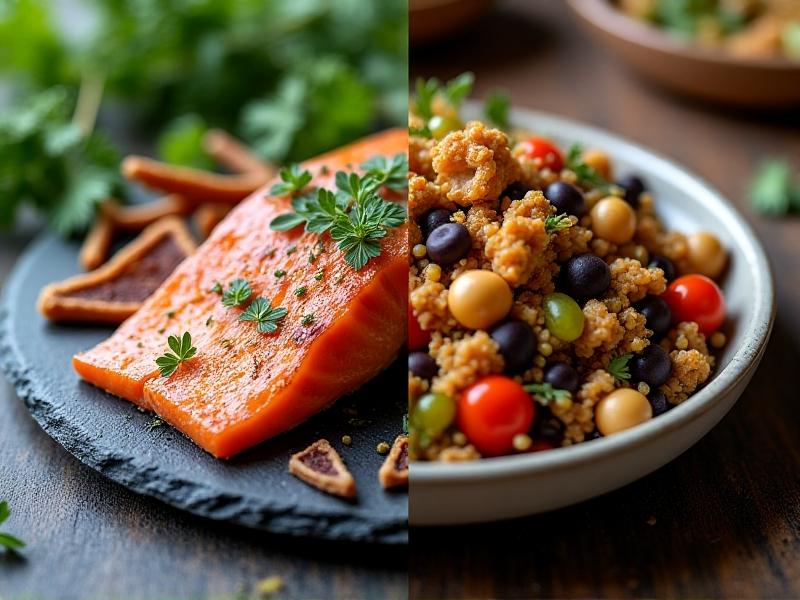
Animal-based shelf-stable proteins, such as canned tuna, chicken, or beef jerky, offer complete proteins with all essential amino acids—a boon for muscle repair and satiety. However, they often come with higher sodium levels or preservatives to extend shelf life. Plant-based alternatives like lentils, dried chickpeas, or textured vegetable protein (TVP) counterbalance this with fiber and iron, though some lack complete amino acid profiles unless paired strategically (e.g., rice and beans). The choice hinges on dietary goals: animal options excel in bioavailability, while plant-based ones shine in sustainability and heart health.
Nutritional Face-Off: Protein Content and Beyond
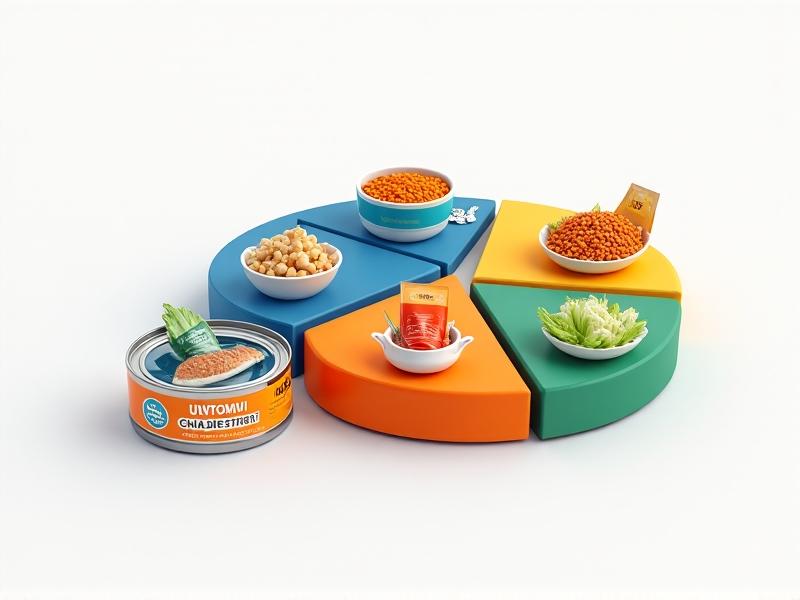
A 3-ounce can of tuna delivers roughly 25 grams of protein, rivaling fresh steak, while a cup of cooked lentils provides 18 grams alongside 15 grams of fiber. But nutrition isn’t just about quantity—it’s about synergy. For instance, canned sardines supply omega-3s and calcium (from bones), whereas TVP, made from soy, offers iron and potassium. Yet, watch for hidden villains: smoked meats may contain nitrates, and flavored legumes might hide added sugars. Balancing macros, micronutrients, and additives is key to optimizing pantry staples.
Budget and Accessibility: Feeding Your Wallet and Pantry

Shelf-stable proteins vary wildly in cost. Dried beans and lentils are budget champions, often costing under $2 per pound and stretching across multiple meals. Canned meats, while pricier, offer convenience and longer shelf lives. Jerky and specialty items like freeze-dried shrimp lean into luxury territory. Accessibility also plays a role: rural areas might lack diverse plant-based options, while urban centers could offer niche products like jackfruit or tempeh. Prioritizing versatile, multipurpose items—like chickpeas for hummus or salads—can maximize value.
Storage Secrets: Maximizing Freshness and Longevity
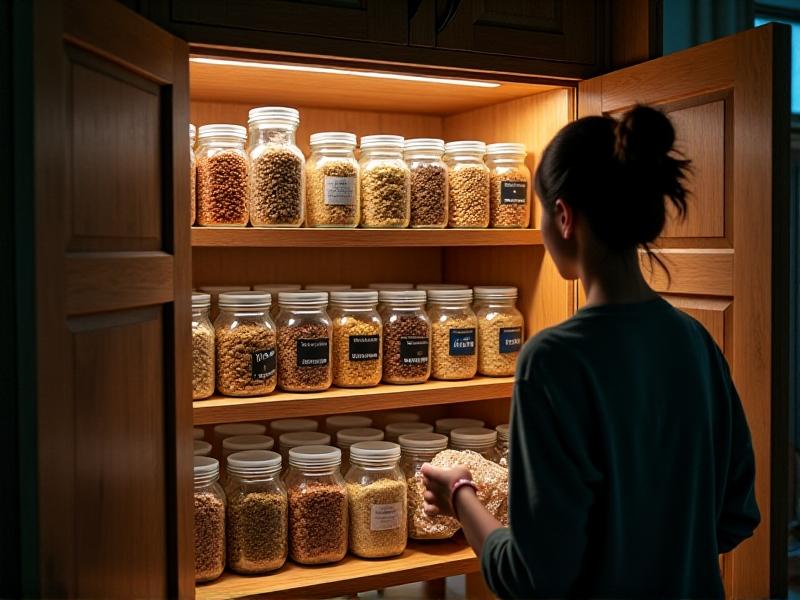
Proper storage is critical for maintaining nutrient integrity. Dried legumes thrive in airtight containers away from sunlight, while canned goods should be kept in dry areas to prevent rust. For dehydrated meats like jerky, oxygen absorbers extend freshness. Temperature matters: consistently cool environments (50-70°F) prevent spoilage, and rotating stock via the "first in, first out" rule avoids waste. Beware of bulging cans or off smells—these signal potential bacterial growth, even in shelf-stable items.
From Pantry to Plate: Creative Culinary Applications
Shelf-stable proteins are anything but boring. Blend canned white beans into a creamy soup base, or mash chickpeas into a mock tuna salad with vegan mayo. For meat lovers, canned chicken can transform into pot pie filling, while TVP soaks up spices in tacos or chili. Even simpler? Toss dried edamame into trail mix or grind lentils into flour for protein-packed baking. The trick is treating these staples as blank canvases—herbs, citrus, and spices elevate them from mundane to mouthwatering.
Sustainability Showdown: Environmental Impacts Explored
Plant-based proteins typically have lower carbon footprints—lentils require minimal water and enrich soil with nitrogen. Canned fish, while resource-intensive, supports marine ecosystems when sourced sustainably (look for MSC-certified brands). Conversely, beef jerky’s environmental toll is steep due to cattle farming’s methane emissions. Packaging also matters: opt for recyclable cans or compostable pouches. By aligning pantry choices with ecological values, consumers can nourish both body and planet.

